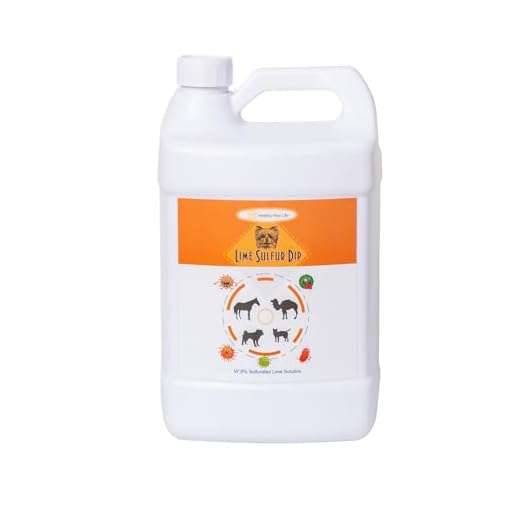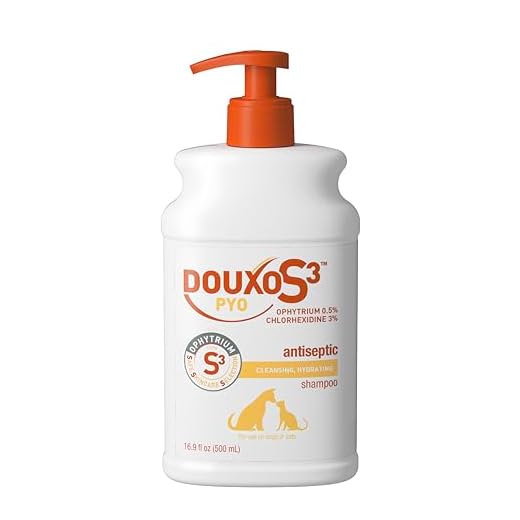

If you notice circular patches of hair loss on your fur, it’s crucial to act quickly. These areas can appear red or inflamed, often accompanied by scaly skin. The affected spots may also present a crusty texture, indicating a possible fungal issue that needs attention.
Pay close attention to your ears, tail, and paws, as these areas are commonly impacted. The lesions can vary in size, sometimes resembling small coins. If you observe any of these signs, a visit to the vet will help determine the best course of action.
Consulting a professional is essential, especially if you see any signs of discomfort, like excessive scratching or grooming. Early intervention can prevent the spread to other pets and even humans in the household.
Recognizing the Initial Symptoms of Ringworm in Cats
It’s crucial to monitor for specific signs early on. Look for patches of hair loss, often circular in shape. The skin may appear red or inflamed around these areas, and a scaly texture can be present. Observe for any changes in your behavior, such as excessive grooming or scratching, which might indicate irritation.
Behavioral Changes
If I seem more withdrawn or reluctant to engage in play, it could signal discomfort. A sudden decrease in appetite or changes in my normal routines can also be indicators. Pay attention to these subtle shifts; they might be my way of communicating that something’s not right.
Skin Condition
Inspect my fur regularly. Besides bald spots, you might notice flaky skin or crusty lesions. The areas may feel warm to the touch, which can indicate inflammation. Early detection is key, so if you see any of these signs, consider consulting a veterinarian.
Identifying Common Skin Changes Associated with Ringworm
Pay attention to specific alterations on the skin that can signal an infection. Look for the following signs:
- Redness: Inflamed patches may appear on the skin, often with a noticeable change in color.
- Scaling: Flaky skin areas can develop, resembling dandruff or dry patches.
- Bald Spots: Hair loss may occur in circular patterns, leading to distinct patches of exposed skin.
- Crustiness: The affected areas may form scabs or crusts, which can be uncomfortable.
- Itchiness: Increased scratching or grooming behavior can indicate irritation.
- Odor: An unusual smell may emanate from the affected spots, signaling possible infection.
If you notice any of these changes, consult with a veterinarian promptly for accurate diagnosis and treatment. Additionally, consider using best natural litter for cats to help maintain a clean and safe environment during recovery.
Understanding the Appearance of Ringworm Lesions
Check for circular patches of hair loss, often with a raised, red border. These areas can appear scaly and may have a crusty texture. The skin underneath might be pink or inflamed, indicating irritation. It’s common to find multiple lesions, especially on the ears, face, and paws.
Additionally, some patches may seem less pronounced but still indicate infection. Observe for any discoloration or changes in the fur texture, as these can signal an issue. If you see small black dots, these might be broken hairs that have fallen out due to the fungal infection.
Monitor for any signs of itching or discomfort, as this can accompany visible lesions. Keeping track of the size and number of affected areas will help in assessing the situation. If you notice these signs, consult a veterinarian for a proper diagnosis and treatment plan.
Distinguishing Skin Infections from Other Conditions
Recognizing the differences between various skin infections is crucial for proper treatment. For instance, a common mistake is to confuse fungal infections with allergies. Allergies typically present with intense itching, while fungal issues often do not cause significant discomfort, although they can lead to hair loss.
Comparing with Flea Allergies
Flea infestations can mimic fungal conditions due to excessive scratching and hair loss. However, examining the skin may reveal flea dirt or actual fleas, which is absent in fungal cases. If your feline is frequently scratching but shows no signs of fleas, it might be time to consider other issues.
Assessing Bacterial Infections
Bacterial infections often come with pus or scabbing. If lesions appear moist and have a foul odor, it’s likely a bacterial problem. In contrast, fungal lesions are usually dry and scaly. Always consult a veterinarian for accurate diagnosis and suitable treatment.
For a different kind of expertise, check out this link on how to cook green peppers in skillet.
Evaluating the Severity of Ringworm Infections in Cats
To determine the intensity of a fungal infection, I recommend examining the number and size of affected areas on the body. A few small patches may indicate a mild case, while widespread lesions suggest a more severe infection.
Pay attention to any changes in the appearance of fur. Loss of hair in localized spots versus extensive bald areas can help gauge the infection’s advancement. If the skin appears red or inflamed, this can also signify a higher severity level.
Behavioral changes are significant as well. Notice if there’s increased scratching or grooming, suggesting discomfort. Affected individuals may become more withdrawn or exhibit signs of stress, indicating that the situation might be worsening.
Consulting a veterinarian is crucial if you suspect a serious case. They may recommend diagnostic tests, such as skin scrapings or fungal cultures, to assess the extent of the issue. Early intervention can prevent complications and promote a quicker recovery.
Regular monitoring of any lesions is important. If lesions begin to spread or worsen despite treatment, it may indicate resistance to therapy, necessitating a reevaluation of the treatment plan.








